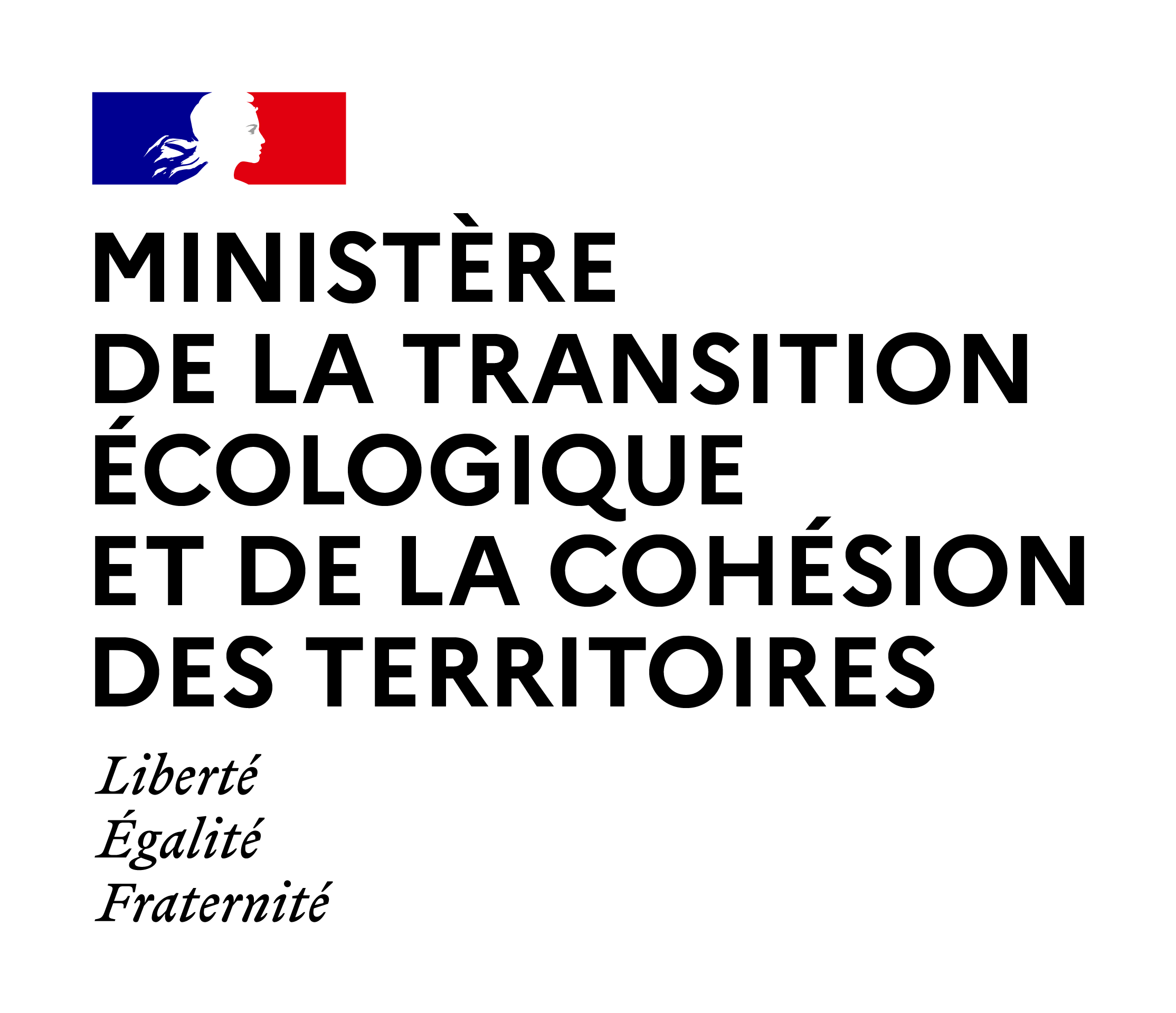La 6e extinction massive qui menace la diversité animale et végétale invite les pouvoirs publics, la société civile et les citoyens à agir à tous les niveaux. En France, à l’heure actuelle, 26 % des espèces évaluées sont considérées comme éteintes ou menacées et seulement 22 % des habitats d’intérêt communautaire sont dans un état de conservation favorable. Le Service de la donnée et des études statistiques (SDES) et l’Agence française pour la biodiversité (AFB) s’inscrivent dans cette démarche en informant et sensibilisant régulièrement l’ensemble des acteurs à la biodiversité par le biais d’indicateurs publiés sur le site de l’Observatoire national de la biodiversité (ONB). À partir d’une sélection de 27 indicateurs clés commentés, issus de cet observatoire, ce recueil s’attache à présenter, à un large public, l’état et l’évolution des écosystèmes, des habitats et des espèces françaises, ainsi que les pressions majeures que les activités humaines font peser sur la biodiversité.
The sixth massive extinction of biodiversity threatens animal and vegetal urges the public authorities, the civil society and the citizens to act at all levels. In France, presently, 26% of the assessed species are considered extinct or endangered and only 22% of the habitats of Community interest are in a favourable conservation status. The Statistical Studies and Data Service (of the Ministry) and the French Agency for Biodiversity subscribe to this effort by regularly informing and raising awareness of all actors through indicators published on the website of the Biodiversity National Observatory. Starting from a selection of 27 commented key indicators from this Observatory, this compilation presents the state and the evolution of French ecosystems, habitats and species, as well as the main pressures that human activities impose on biodiversity to a wide public. It also presents the involvement of society in addressing the challenges of preserving this natural heritage.



